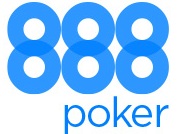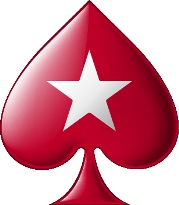For best results, a poker player aspiring to make a profi t over time should be strong at as many games as possible and should also be a strong ring game and tournament player. Over time, you will be able to use the lobby as a tool to put yourself in situations in which you are most likely to succeed. There’s an old saying we’re sure you’ve heard before:
“It’s no good being the tenth-best poker player in the world if you always play against the first-through-ninth-best players at the same time.”

This simply means that there will be games in which you are the weakest player or at least an underdog. Because it’s easy to tell a poker player “OK, so just don’t play” when conditions are unfavorable but almost impossible for them to resist playing, the best alternative is to be a strong player in several games and to be able to identify the table with the weakest fi eld against which you would be competing. We’ll tell you in this chapter and elsewhere about what you can do to scout out the best games.
The first thing you want to decide is which games you do or don’t want to play during the session. A friend of mine who plays higher-limit games is cognizant of when he’s not as alert as he should be. He doesn’t play Stud at those times because he’s not able to “follow the cards” as well as he should (in Stud, it is very important to remember which cards your opponents have had face-up in their hands but have folded, so you have a lot of information as to how many cards will help your and your opponents’ hands). When he’s tired, he sticks to Hold ’em , which still requires a player to be alert but doesn’t tax the memory as badly as Stud. After deciding on games from which to choose, you should then decide how “high” you want to play. As you will see when perusing the lobby, there are Hold ’em games for relatively high limits ($15–$30 and $20–$40 are commonly available) all the way down to what are known as “micro-limits” (25¢–50¢, for example).
After you decide on the range of limits you want to play, check out the information on each table from the lobby. First, you will see a listing of the players currently playing and at least some of the players waiting for a seat. Additionally, you will see that the average pot size, the percentage of hands in which there is a flop (i.e., there are at least two players who remain after the first round of betting), and the number of hands per hour. This data will tell you how desirable this table is for you; because you will see if there are a lot of flops and big pots with players who you know are not as good as you are, this is a prime opportunity for you to increase your bankroll! You will be able to join either the table or the waiting list. When you sit down, you will be asked how much you would like to “buy in” for, meaning how much money you would like to put at risk. There is a minimum buy in, typically five times the big bet, and for certain games there is a maximum buy in. Maximums are for the pot- and no-limit games, and they protect a table from a person deciding to sit down with $2,000 and push everyone out of the pot.










